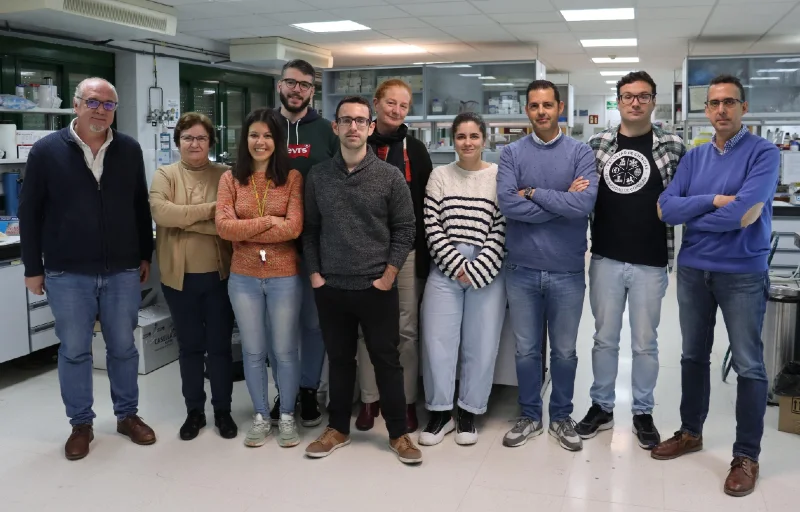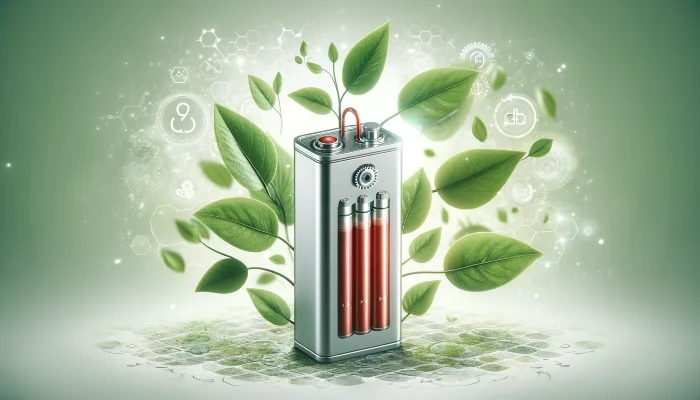In a groundbreaking achievement, researchers at the University of Cordoba, in collaboration with other institutions, have introduced a novel battery that could revolutionize the way we think about sustainable energy. This battery, which uses hemoglobin as a catalyst, has the potential to transform the energy landscape, particularly in the realm of biocompatible power sources.
Unveiling the Hemoglobin Battery: A Sustainable Marvel
The Chemical Institute for Energy and the Environment (IQUEMA) at the University of Cordoba spearheaded this innovative project, which leverages the oxygen-transporting protein, hemoglobin, in electrochemical reactions. Hemoglobin, primarily found in red blood cells, is now being reimagined as a pivotal component in zinc-air batteries. This isn’t just a scientific curiosity but a potential game-changer in battery technology.
The Science Behind the Innovation
The journey to this discovery began with investigations by the University of Oxford and a pivotal Final Degree Project at the University of Córdoba. These initial studies revealed hemoglobin’s promising properties for the reduction and oxidation processes crucial in energy generation in zinc-air systems. Subsequently, the research team developed the first biocompatible battery, ensuring it’s non-toxic and safe for human body use.
How Does the Hemoglobin Battery Work?
In zinc-air batteries, hemoglobin functions as a catalyst, facilitating the Oxygen Reduction Reaction (ORR). This reaction transforms atmospheric oxygen into water at the battery’s cathode, releasing electrons that flow to the anode, where zinc oxidation occurs.

Advantages That Can’t Be Ignored
Beyond its impressive functionality of up to 30 days, the hemoglobin battery offers numerous advantages. Foremost among these is its sustainability, a critical factor in today’s environmentally conscious world. Additionally, unlike other batteries that suffer in adverse atmospheric conditions, the zinc-air batteries thrive, unaffected by humidity and requiring no inert atmosphere for manufacturing.
Another significant advantage is the biocompatibility of hemoglobin, making these batteries ideal for integration into human body devices like pacemakers. The battery’s operation at a pH similar to human blood and the universal presence of hemoglobin in mammals further enhance its application potential.

Challenges and the Path Forward
While this innovation marks a significant step towards eco-friendly battery alternatives, there are challenges to be addressed. The primary limitation is the battery’s non-rechargeable nature. To overcome this, the team is exploring other biological proteins that could enable the battery to recharge by transforming water back into oxygen.
Additionally, the current design limits its usage to oxygen-rich environments, rendering it unsuitable for applications like space exploration.
Implications for the Future
Published in the journal Energy & Fuels, this study opens new doors for functional battery alternatives. As the world gravitates more towards mobile devices and renewable energy, the need for efficient energy storage solutions becomes paramount. The hemoglobin battery not only addresses this need but also offers a sustainable alternative to lithium-ion batteries, which are fraught with environmental and scarcity concerns.
More To Discover
In summary, the hemoglobin battery stands as a testament to human ingenuity and our continuous pursuit of sustainable solutions. As we march towards a greener future, this innovation could play a crucial role in powering not just devices, but also our aspirations for an eco-friendly world.
Source: Energy & Fuels



















